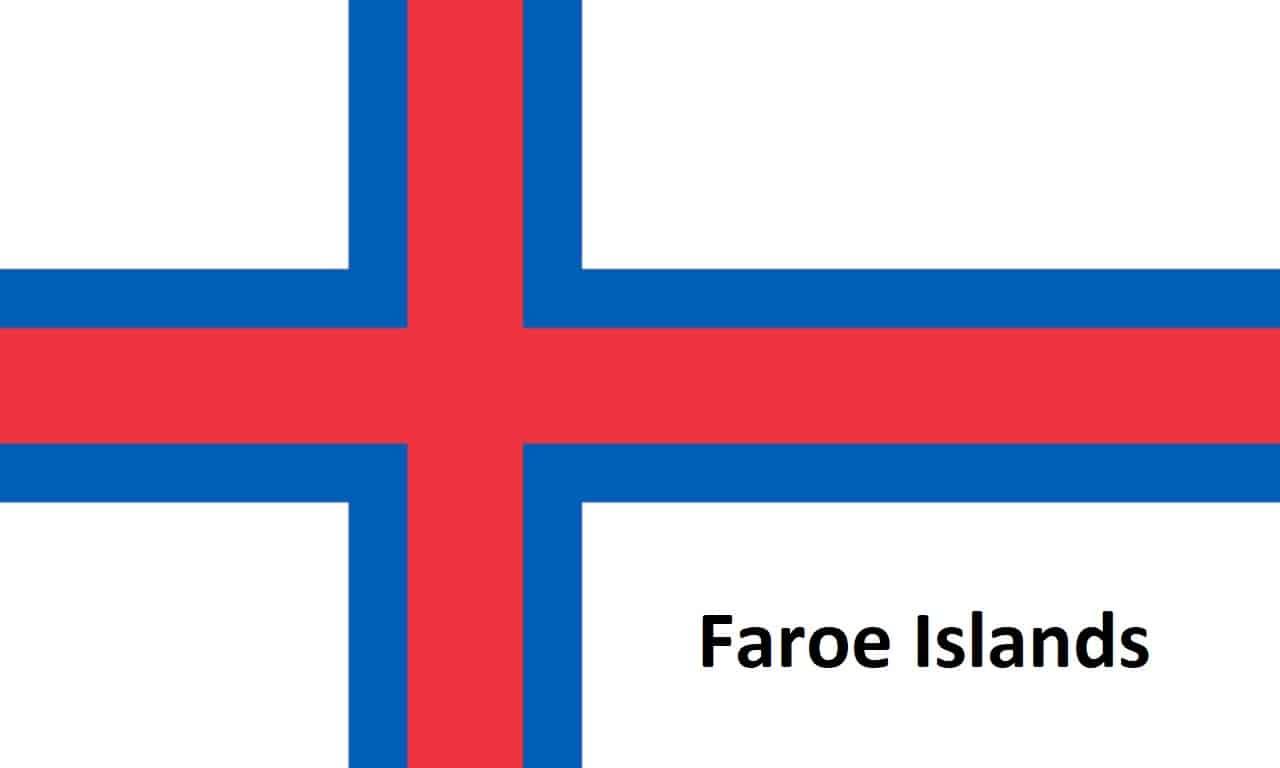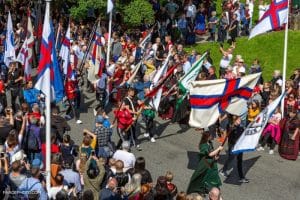Headlines
Faroe Islands Population, Official Language And More.

In conclusion, while much of early Faroese history remains shrouded in mystery, it is clear that this archipelago has a rich cultural heritage that has been shaped by its unique location and history. From its Norse roots to its modern-day status as a self-governing territory within Denmark, the Faroe Islands have much to offer visitors interested in history, culture, and natural beauty.

Faroe Islands
The Population
The Faroe Islands has a population of approximately 50,000 people. The majority of the population is of Faroese descent, with a small percentage of Danish and other nationalities.
The Landmark
The Faroe Islands is known for its stunning natural beauty. The islands are home to rugged cliffs, rolling hills, and dramatic waterfalls. One of the most famous landmarks on the islands is Múlafossur Waterfall, which cascades over a cliff into the ocean below.
The Official Language
The official language of the Faroe Islands is Faroese, which is a North Germanic language spoken by approximately 50,000 people worldwide. Danish is also widely spoken on the islands.
The Culture
The Faroe Islands has a rich cultural heritage that is shaped by its unique location and history. The traditional music of the Faroe Islands is characterized by its haunting melodies and intricate harmonies. The most popular instruments used in Faroese music are fiddles, accordions, and mandolins.
The cuisine of the Faroe Islands is heavily influenced by its location and climate. Fish and seafood are staples of Faroese cuisine, with salmon and cod being particularly popular. Other traditional dishes include fermented mutton (skerpikjøt), dried fish (ræstur fiskur), and whale meat.
The Economic Stability
The economy of the Faroe Islands is primarily based on fishing and aquaculture. The fishing industry accounts for approximately 90% of the country’s exports. In recent years, the tourism industry has also grown in importance as more visitors discover the natural beauty and unique culture of the islands.
The GDP
The nominal gross domestic product (GDP) of the Faroe Islands was $2.613 billion per annum in 2014. The economy of the Faroe Islands is primarily based on fishing and aquaculture. The fishing industry accounts for approximately 90% of the country’s exports.
The Currency
The official currency of the Faroe Islands is the Danish krone (DKK), with symbol kr and currency code DKK.
The Food
The traditional foods from the Faroe Islands include skerpikjøt (a type of dried mutton), seafood, whale meat, blubber, garnatálg, Faroese puffins, potatoes, and few fresh vegetables. Much of the taste of this traditional country food is determined by the food preservation methods used; brine, drying, and the maturing of meat and fish, called ræstkjøt and ræstur fiskur.
Major Cities
The major cities in the Faroe Islands are:
- Tórshavn
- Klaksvík
- Hoyvik
- Eystur
- Argir
- Sunda
- Vagur
- Fuglafjordur
- Vestmanna
- Tvoroyri
- Sorvag
Major Airport, Sea Port and Schools
The only international airport in the Faroe Islands is Vagar Airport located on the island of Voar. It serves as a vital transportation hub for both domestic and international flights. The major sea port is Tórshavn Harbour. There are several schools in the Faroe Islands including Føroya Handilsskúli, Føroya Fólkaháskúli, and Føroya Studentaskúli.





